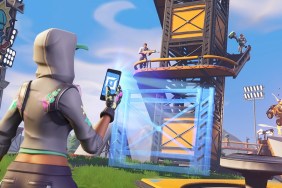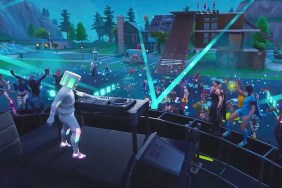Like a J.J. Abrams movie, a lot of flash but little substance… which may be enough.
With Star Wars: Battlefront on the way, but with no one on the servers to play it, EA held a review event at their Redwood City offices last week. Rather, they held the event in the basketball gymnasium in EA’s fitness center, converted…
-
Fun larger maps
-
...that feel strangely constrictive
-
Great original trilogy atmosphere
-
No story
-
Well balanced gameplay
-
Options feel slightly shallow
-
One of the best looking games on current-gen consoles
-
Lower resolution











